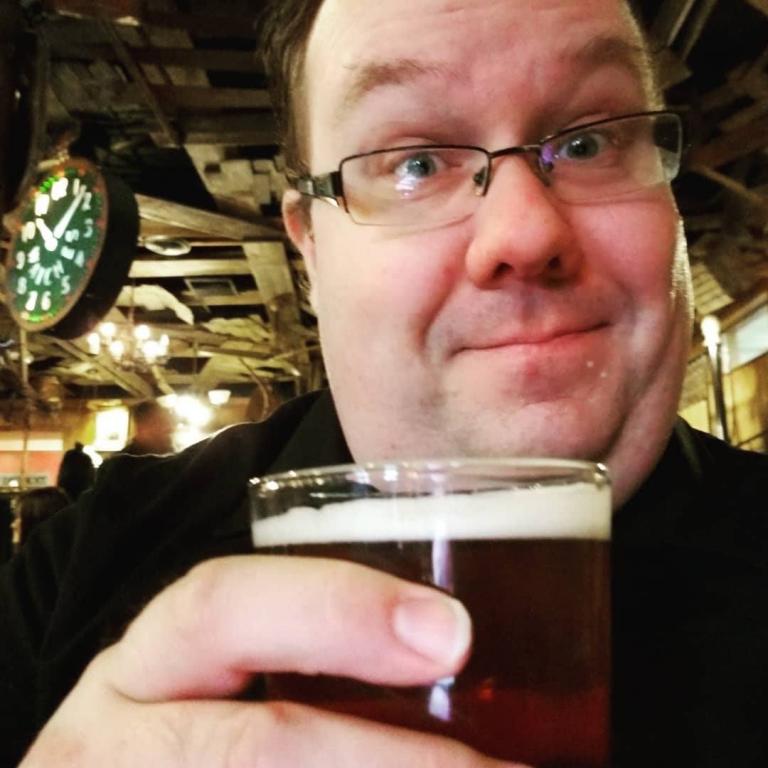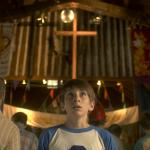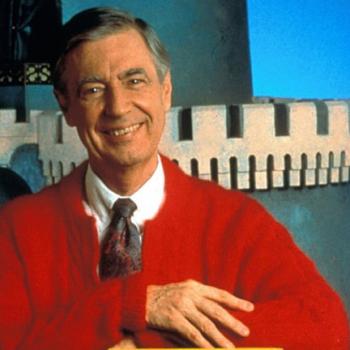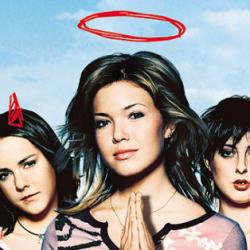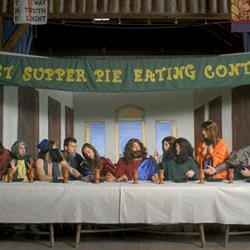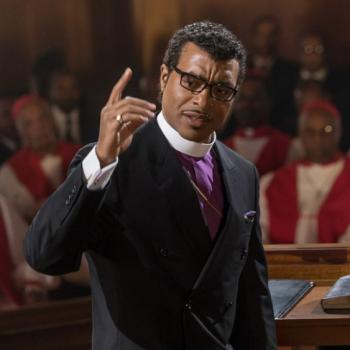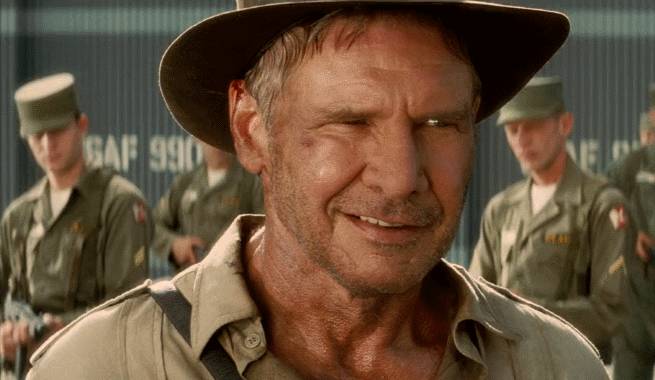
Since its release 10 years ago, “Indiana Jones and the Kingdom of the Crystal Skull” has been a punchline. The term “nuke the fridge” replaced “jump the shark” in the vernacular and jokes about a geriatric Indy abounded. It seemed director Steven Spielberg and star Harrison Ford had lost their magic, turning a beloved franchise into a hodgepodge of bad CGI and Shia LaBeouf Tarzan swings.
But here’s the thing: A decade ago, it was a different story. The film holds a “Fresh” 77% rating on Rotten Tomatoes and a “Generally Favorable” 65 score on Metacritic. Roger Ebert gave it three-and-a-half stars, saying “…If you liked the other Indiana Jones movies, you will like this one, and … if you did not, there is no talking to you.” The film had a $100 million opening weekend on its way to grossing $317 million in the U.S. and $786 million worldwide, making it the highest-grossing movie in the franchise.
So what’s the story? Is “Indiana Jones and the Kingdom of the Crystal Skull” a misunderstood masterpiece? Or were we just so eager to welcome Indy back that we gave it a pass?
I recently watched the film and…well, it’s complicated. The fourth Indiana Jones adventure is not as awful as you remember, but it’s not exactly buried treasure.
Half a good Indy film
First, let’s dispel the notion that the franchise was originally made up of a trilogy of masterpieces. “Raiders of the Lost Ark” is the only great film of the lot. The 1981 adventure, on any given day my favorite film, is perfectly calibrated entertainment. It’s exciting, masterfully paced and filled with colorful characters. Indiana Jones is a dashing, funny and smart hero.
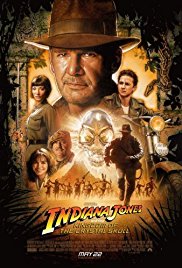
What makes “Raiders” work so well is that it’s a movie about the movies. Spielberg and creator George Lucas mix together the energy of a Bond film and the cliffhanger structure of the serials they grew up on and to spin a rollicking tale with state-of-the-art technology and stuntwork. After that, the other movies became about the movies (although there’s a lot of “Gunga Din” in “Temple of Doom”) and more about Indiana Jones. They became franchises, less interested in “hey, remember when movies did this” and more beholden to hitting the proper beats of modern blockbusters. Spielberg and Lucas also are unable to recapture that perfect tone “Raiders” hit; “Doom” is often mean-spirited and dark and “Last Crusade” leans too hard into silliness.
But there’s also a lot to like. Spielberg’s always been better than anyone else at setpieces, and each film has several standout moments of spectacle. “Temple of Doom” moves with nonstop energy and Douglas Slocombe’s cinematography is vivid and nightmarish. I can’t forgive “Last Crusade” for turning Marcus Brody and Sallah into dundering comic relief, but the chemistry between Harrison Ford and Sean Connery (as Indy’s father) is wonderful and there’s a spriteness to it reminiscent of “Raiders.” In all three films, Harrison Ford creates a hero who’s by turns intrepid, terrified and baffled.
For its first hour, “Crystal Skull” fits right in. The opening chase through a secret military facility (revealed to be Area 51 and home to a very familiar artifact for “Raiders” fans) is energetic, and Ford steps back into the khakis and fedora with charm intact. Spielberg has fun with Cold War-era iconography, and even the much-derided escape via fridge is not out of step for the over-the-top series. There’s a moment of solemness back at Indy’s college where he mourns the loss of his father, and a colleague informs him “We’ve reached the age where life stops giving and starts taking away.” Shia LaBeouf is a fun foil for awhile, an eager kid named Mutt who Indy enjoys taking under his wing. There’s a chase across the college campus on a motorcycle that’s as inventive as anything in the series.
And it’s worth noting how good Ford is. The smirk and twinkle in his eyes are back after years of looking crotchety or half-asleep in movies. It’s long believed that Indy is his favorite of all the iconic characters he’s played, and he doesn’t half-ass it. Ford seems energized, especially in the opening stretch as Indy dashes down the corridors of a military hangar spouting facts and searching for clues. When the film was released, the big question was how much of a liability the aging star would be, but he’s the best thing in the entire movie.
And then the film leaves the U.S., and the air goes out of the entire story.
Don’t get cocky
I can’t pinpoint the moment when the movie deflates, but it gets rocky shortly after Indy and Mutt touchdown in South America, looking for missing colleague Oxley (John Hurt). The two explore a rainforest prison and underground catacombs in a scene that takes too long. There’s a martial arts sequence at a gravesite that is fun in theory but never really works. The setting feels too much like a soundstage, the foreboding atmosphere forced. And the setpiece itself is rushed; the editing is clumsy, as if Spielberg’s in a hurry to get the fight over with. It’s not terrible, but it feels out of place, badly paced.
And then Marion shows up.
This is a “be careful what you ask for” situation. For decades, fans have bemoaned that none of Indy’s love interests have lived up to the model Karen Allen set in “Raiders.” Spunky and brave, Allen went toe to toe with Ford and created one of the great blockbuster love interests, and she only grew in esteem when Kate Capshaw’s abrasive Willy Scott appeared in “Temple of Doom.” Unlike James Bond, Indy has humanity and heart; why should he have to keep falling for new loves when we all know Marion is the one? It seemed a no-brainer to bring her back.

And initially, it seems like a great idea. Indy’s goofy reaction the instant he sees her is priceless, as is the swooning look on Allen’s face after Indy’s “they weren’t you, honey” line. But the movie has no idea what to do with Marion. She shows up, she and Indy bicker for a scene, and then everything is smoothed over; they’re back in love and, with the revelation that Mutt is Indy’s son, a family. There’s no tension, no suspense, not even any mortal danger for Indy to save Marion from (or vice-versa). Marion’s back and we’re supposed to just believe that’s enough (she forgives him for leaving her a week before the wedding — and pregnant — pretty quickly).
Likewise, there’s no emotional charge to the revelation that Indy’s a dad; just some sitcom-level change of heart about Mutt’s schooling. I get that it might seem strained to delve back into father-son issues after “Last Crusade” — maybe they should have given Indy a daughter — but for them to do nothing with it here — Mutt’s question about Indy’s abandonment is treated as a punchline — is a missed opportunity. The film just keeps chugging along, dropping a bomb in the hero’s mythology and then scampering on to the next chase scene.
And even that would be forgivable if the back 40 minutes weren’t so obligatory. There’s a scene with quicksand and snakes that should be a humorous high point, but it’s completely inert, with Ford and Allen’s bickering strained and lifeless. There’s a duck boat chase through the jungle weighed down by unconvincing CGI effects and a moment where Mutt swings across vines like Tarzan. Even a fire ant attack doesn’t work, with the creepy-crawlies — usually a franchise specialty — rendered unconvincingly through computer animation. The film wheezes across the finish line with an interminable set piece in a Mayan temple/UFO that just…ends.
Also, while she’s giving it her all, Cate Blanchett is given a nothing of a character to play, her Russian agent — also, maybe a psychic — resorted to looking threatening and pining for information. She’s left to be destroyed by the aliens while Indy and the gang just…run away. It should be a crime to waste Cate Blanchett.
Raider with a lost arc
It’s easy to dismiss the Indiana Jones films as weightless entertaining. But while they are rollicking adventures, the hero takes a journey in the first three films. “Raiders of the Lost Ark” starts with Indy as a cocky guy disbelieving in any spiritual shenanigans; it ends with him humbled and terrified by the power of God. “Temple of Doom,” a prequel, shows him setting out for “fortune and glory” and becoming a hero, saving kidnapped children and returning what he seeks to its rightful owners. “Last Crusade” is about fathers and sons, particularly Indy trying to earn his dad’s affections.
But Indy has no arc in “Crystal Skull.” He starts as an intrepid adventurer. He ends that way. He’s knowledgeable at the beginning and has not changed at the end. Yes, he now knows he’s a father, but the movie does nothing emotional with it. Sure, Marion is back in his life, but there’s no sense that he’s been incomplete without her, and his past mistakes are waved away. There’s not even any physical risk to him; he’s always capable and the solution to the film’s climax is just to run away when Indy senses things won’t go right.
What’s even more frustrating is that there’s ample opportunity to give him an internal struggle. The “life is taking away” speech at the beginning is moving; why not make loss a deeper theme and treat Indy’s new family not as a mystery but as an answer for him? Treat Marion as the one who got away and give them some real scenes to hash out what went wrong. Introduce Mutt as Indy’s son early and then draw humor out of Indy trying to right the wrongs of his own father. Or take Indy on a quest for wisdom and then, in the finale, showcase the alien…er, interdimensional beings…as having the key. Give Spielberg a chance to re-do his “Close Encounters” ending by making Indy have to choose between knowledge or Marion/Mutt. Do something to up the stakes, for crying out loud.
But the movie is too pleased with its “surprises,” too eager to toss in fan service and pander to nostalgia, that it stops telling a story. And you can feel Spielberg, usually one of our most energetic and engaged directors, get lazy. He thinks he has this in the bag — and even the director himself has said that “sure things” are his Achilles Heel.
And so we’re left with half of a good Indiana Jones film, a movie that isn’t a disaster but still miles below three of the greatest adventure films ever made. There’s a fifth film on the calendar for 2020, but Spielberg’s dance card famously shifts. Would I see one last Indy adventure? Sure; I have too much fondness for the character not to. Could they pull it off? Spielberg has still got it and Ford’s been at his most energized returning to his storied roles. Am I holding my breath? Not really. I think the character’s had a good run but there’s not much left to do with him. I have a feeling it’s not the mileage anymore; it’s the years.
On Fridays, Mere Chrisianity talks pop culture!

